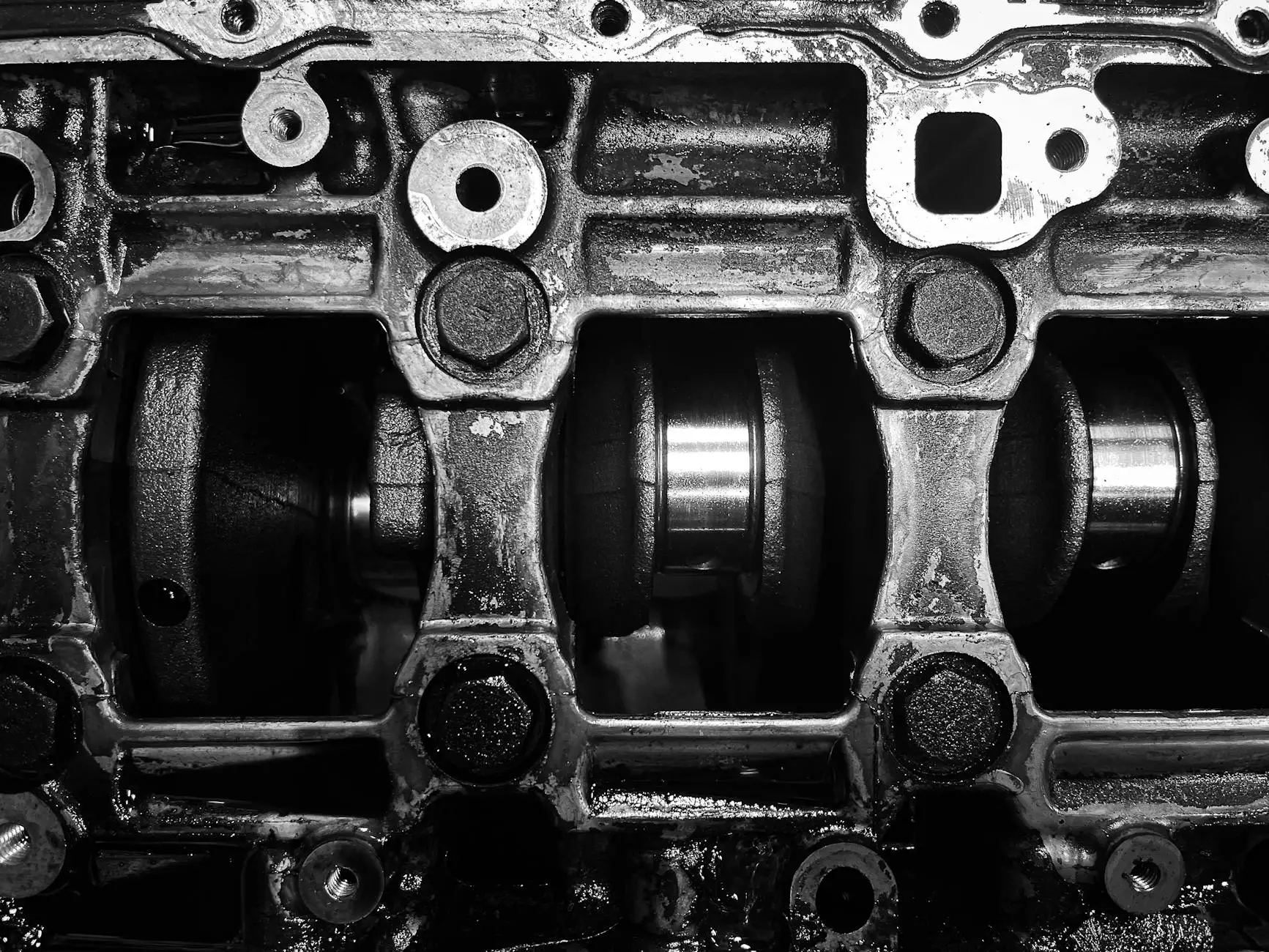Understanding Diagnostic Hysteroscopy: A Vital Tool in Women's Health

In the realm of women's health, few procedures are as critical as diagnostic hysteroscopy. This minimally invasive technique provides healthcare professionals with significant insights, enabling the accurate assessment and treatment of various uterine conditions. Over the next few sections, we will delve deeply into the procedure, its applications, and the benefits it offers to women seeking medical assistance for reproductive health issues.
What is Diagnostic Hysteroscopy?
Diagnostic hysteroscopy is a specialized procedure that allows doctors to examine the inner lining of the uterus using a thin, lighted tube called a hysteroscope. This procedure is typically performed in a doctor's office or a surgical setting and does not require a large incision, making it one of the preferred diagnostic tools in the field of gynecology.
The Purpose of Diagnostic Hysteroscopy
The primary purpose of diagnostic hysteroscopy is to diagnose uterine abnormalities. Some of the conditions that can be identified include:
- Uterine polyps: Noncancerous growths that can cause irregular bleeding.
- Fibroids: Benign tumors that can affect fertility and cause discomfort.
- Endometrial hyperplasia: A thickening of the uterine lining that can lead to cancer.
- Uterine malformations: Congenital abnormalities affecting the shape of the uterus.
- Intrauterine adhesions (Asherman's syndrome): Scar tissue that can disrupt menstrual cycles and fertility.
When Is Diagnostic Hysteroscopy Recommended?
Healthcare providers recommend diagnostic hysteroscopy under various circumstances, including:
- Unexplained pelvic pain or abnormal bleeding
- Menstrual irregularities
- Infertility evaluations
- Prior to certain gynecological surgeries
- Postmenopausal bleeding
Preparing for Diagnostic Hysteroscopy
Before undergoing a diagnostic hysteroscopy, it’s essential to consult with your healthcare provider and understand the preparation process:
Consultation and Examination
During the initial consultation, your doctor will review your medical history, perform a physical examination, and might suggest preliminary tests such as ultrasounds or Pap smears to gather more information about your reproductive health.
Timing of the Procedure
The timing of the procedure is crucial. Most doctors recommend scheduling the hysteroscopy shortly after a woman’s menstrual period to ensure that the uterine lining is thinnest, providing the best view during the examination.
Medications and Anesthesia
Depending on the complexity of the case, your doctor might prescribe medications such as:
- NSAIDs: Non-steroidal anti-inflammatory drugs to reduce discomfort.
- Anesthesia: Local or general anesthesia to prevent pain during the procedure.
What to Expect During Diagnostic Hysteroscopy?
The diagnostic hysteroscopy procedure generally lasts between 15 to 30 minutes, depending on the findings. Here’s a brief overview of what patients can expect:
Step-by-step Process
- Access: After administering anesthesia, the doctor will insert a speculum to access the vagina and cervix.
- Insertion of the Hysteroscope: The hysteroscope is gently inserted through the cervix into the uterus.
- Inspection: The inner uterine lining is examined using the hysteroscope, which transmits video to a monitor for the doctor to look at closely.
- Biopsy (if necessary): If any suspicious areas are identified, a biopsy may be taken for further analysis.
- Fluid distension: In some cases, a saline solution is used to expand the uterus for a clearer view.
Post-Procedure Care
After the procedure, patients should take some time to recover. Here are some common post-operative guidelines:
- Rest and avoid strenuous activities for at least 24 hours.
- Monitor for any unusual symptoms such as severe pain, fever, or heavy bleeding.
- Follow up with your healthcare provider to discuss the results and any further steps that may be necessary.
Benefits of Diagnostic Hysteroscopy
Embracing diagnostic hysteroscopy can lead to substantial benefits for women's health:
Minimally Invasive Approach
As a minimally invasive procedure, diagnostic hysteroscopy minimizes trauma, reduces recovery time, and allows women to return to their daily activities promptly.
Accurate Diagnosis
With its ability to visualize the uterine cavity directly, diagnostic hysteroscopy offers high accuracy in diagnosing various uterine conditions compared to imaging techniques alone.
Immediate Treatment Options
In many cases, diagnostic hysteroscopy can also be therapeutic. If polyps or fibroids are found, they can often be removed during the same procedure, reducing the need for separate surgical interventions.
Enhanced Fertility Evaluation
For women facing infertility, this procedure can identify factors contributing to reproductive challenges. This empowers healthcare providers to recommend tailored treatment options aimed at improving chances of conception.
Common Concerns and FAQs
Is Diagnostic Hysteroscopy Painful?
While some women may experience discomfort during the procedure, the use of anesthesia helps to alleviate pain. Many women report minimal pain post-procedure compared to more invasive surgical options.
How Long Does It Take to Recover?
Most women can resume normal activities within a day or two, though some may experience mild cramping or spotting for a short time afterward. It’s advised to follow your doctor’s specific post-procedure instructions.
Are There Risks Involved?
As with any medical procedure, there are risks involved, though serious complications are rare. Potential risks include:
- Infection
- Uterine perforation
- Heavy bleeding
Conclusion
In summary, diagnostic hysteroscopy stands as a pivotal tool in the assessment and treatment of various uterine conditions. By providing comprehensive insights into uterine health, this procedure has transformed the landscape of women’s reproductive healthcare. Whether you are experiencing symptoms that warrant investigation or seeking clarity in your health status, diagnostic hysteroscopy may be an invaluable step on your journey to wellness.
Always consult with a qualified healthcare provider to discuss your concerns, explore potential procedures, and make informed decisions about your health.
For more information or to schedule a consultation regarding diagnostic hysteroscopy, feel free to visit drseckin.com and take a step towards a healthier future.









